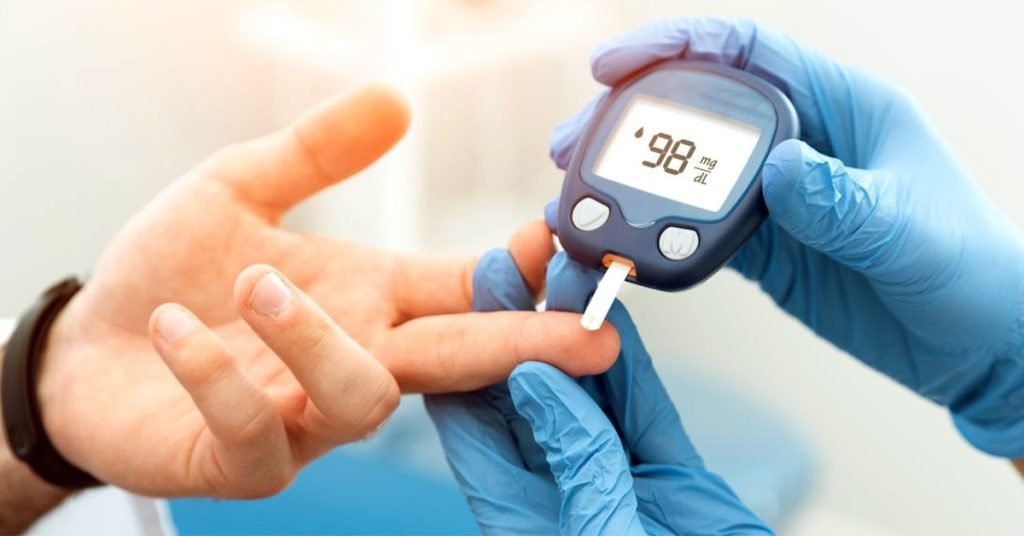Imagine managing Type 2 diabetes not just with medication, but with a therapy that helps your body heal itself from the inside out. That’s the promise of exosome treatment—a cutting-edge approach in regenerative medicine.
Rather than simply controlling blood sugar, exosome therapy targets the underlying cellular dysfunctions that cause diabetes. It works to restore insulin sensitivity, regenerate damaged tissues, and calm chronic inflammation—all without relying solely on synthetic drugs.
This article explores how exosomes work, their role in revolutionizing diabetes care, and why this emerging therapy offers real hope for a healthier, more sustainable future.

